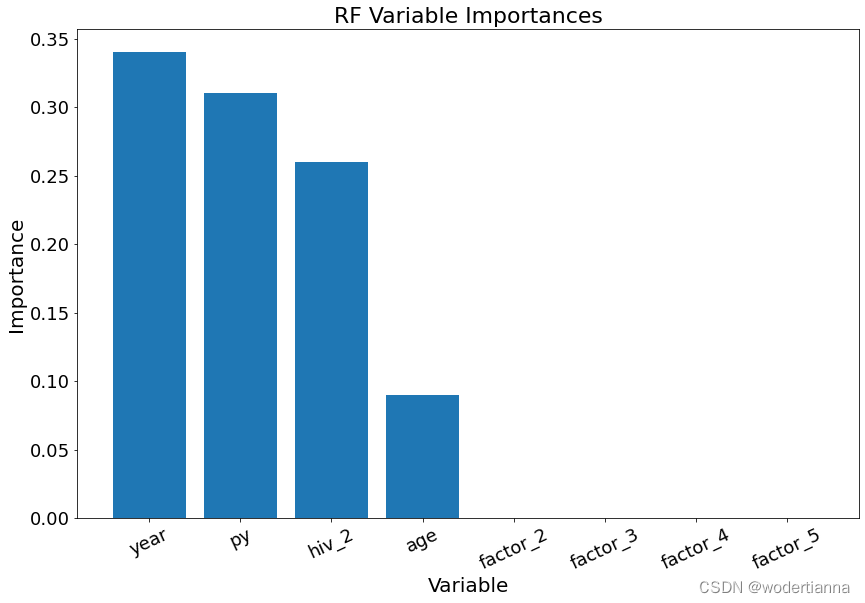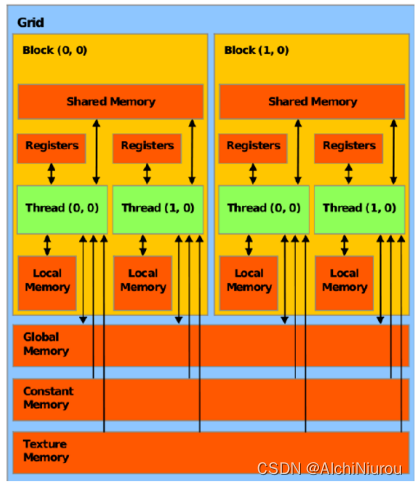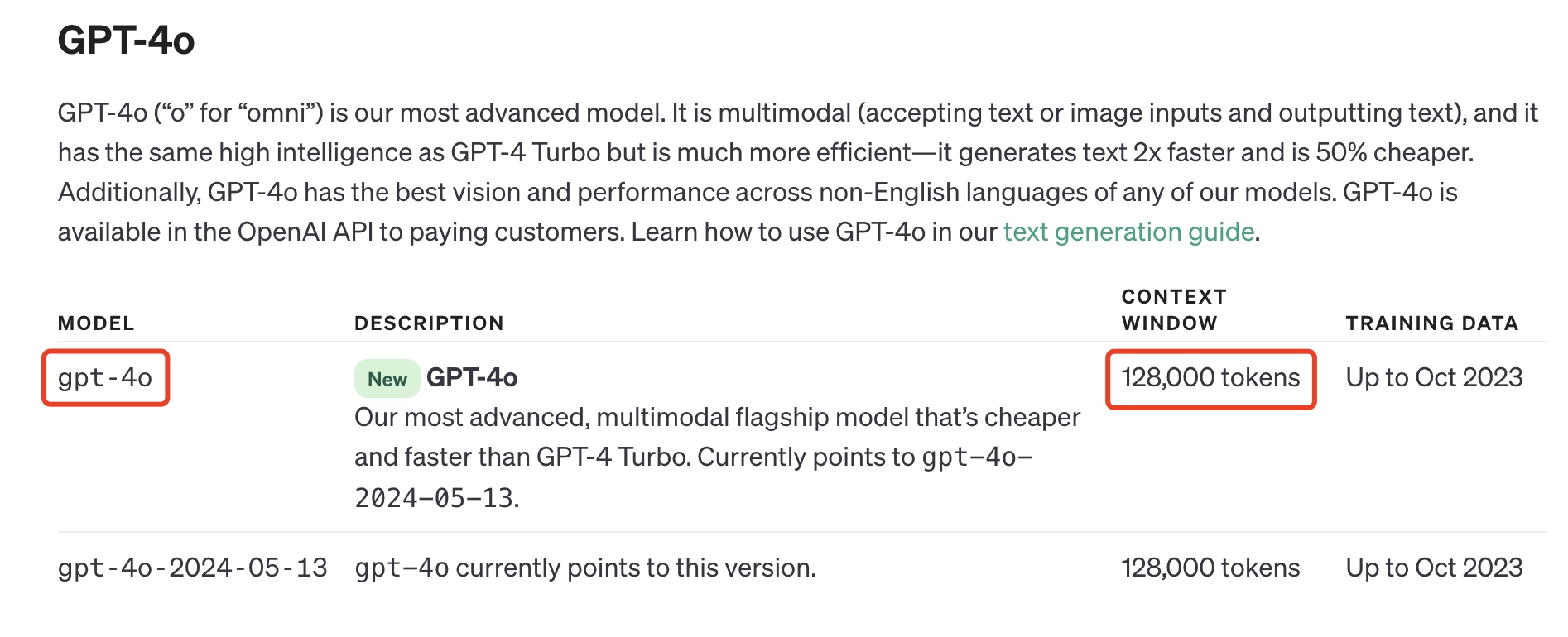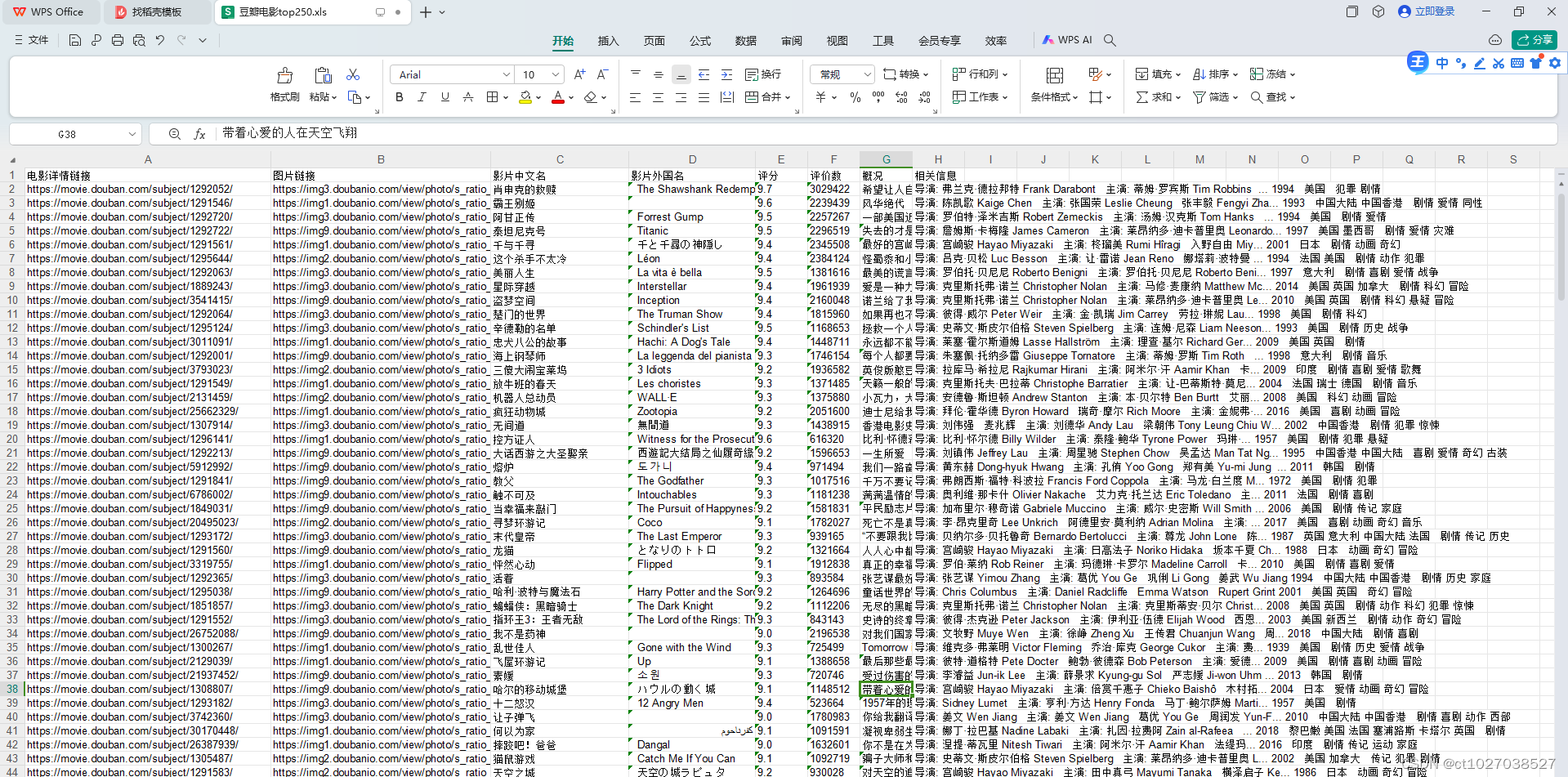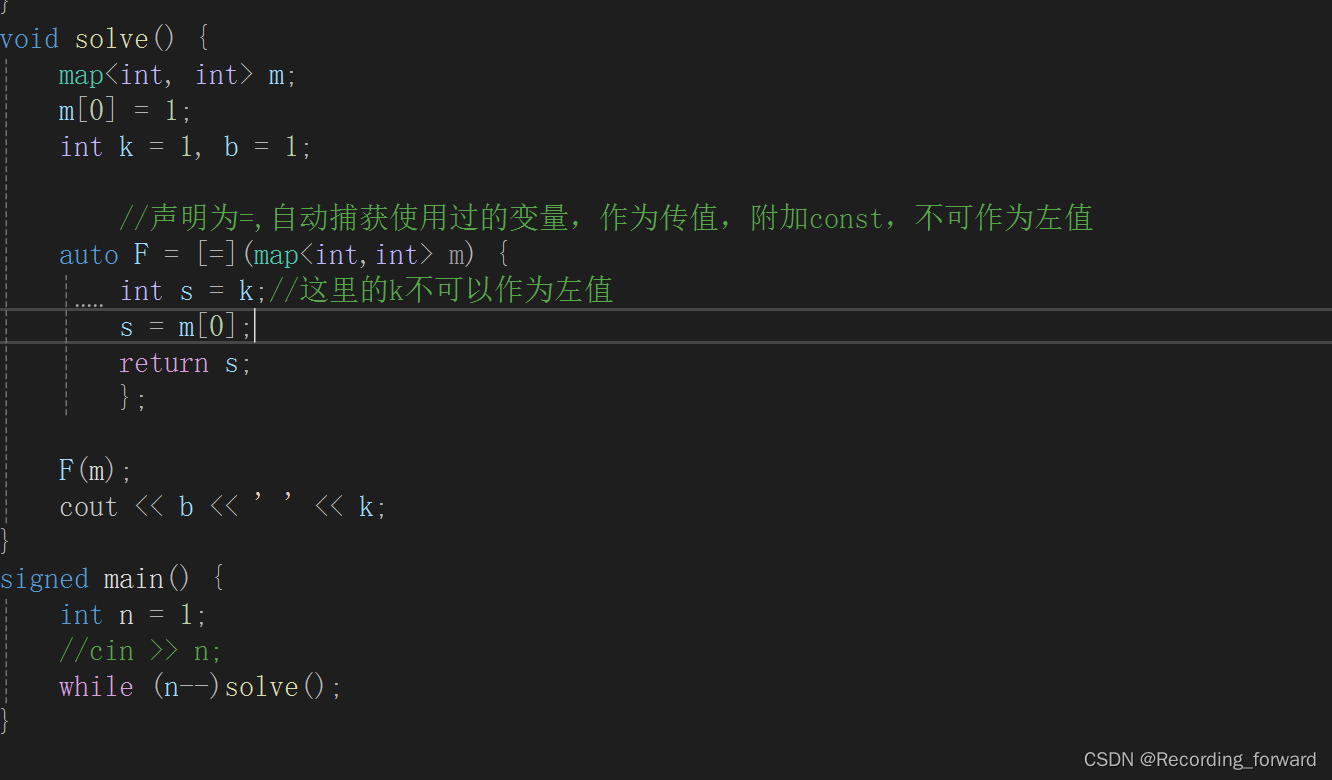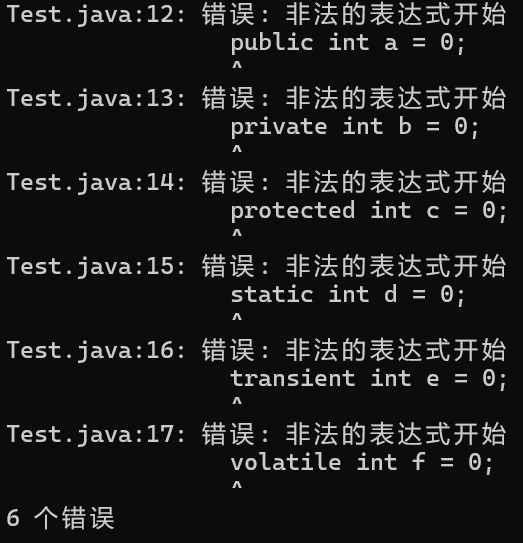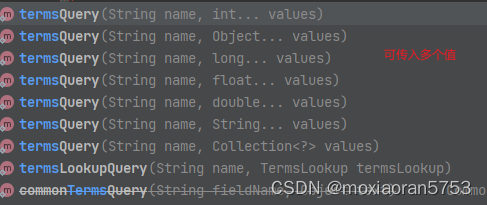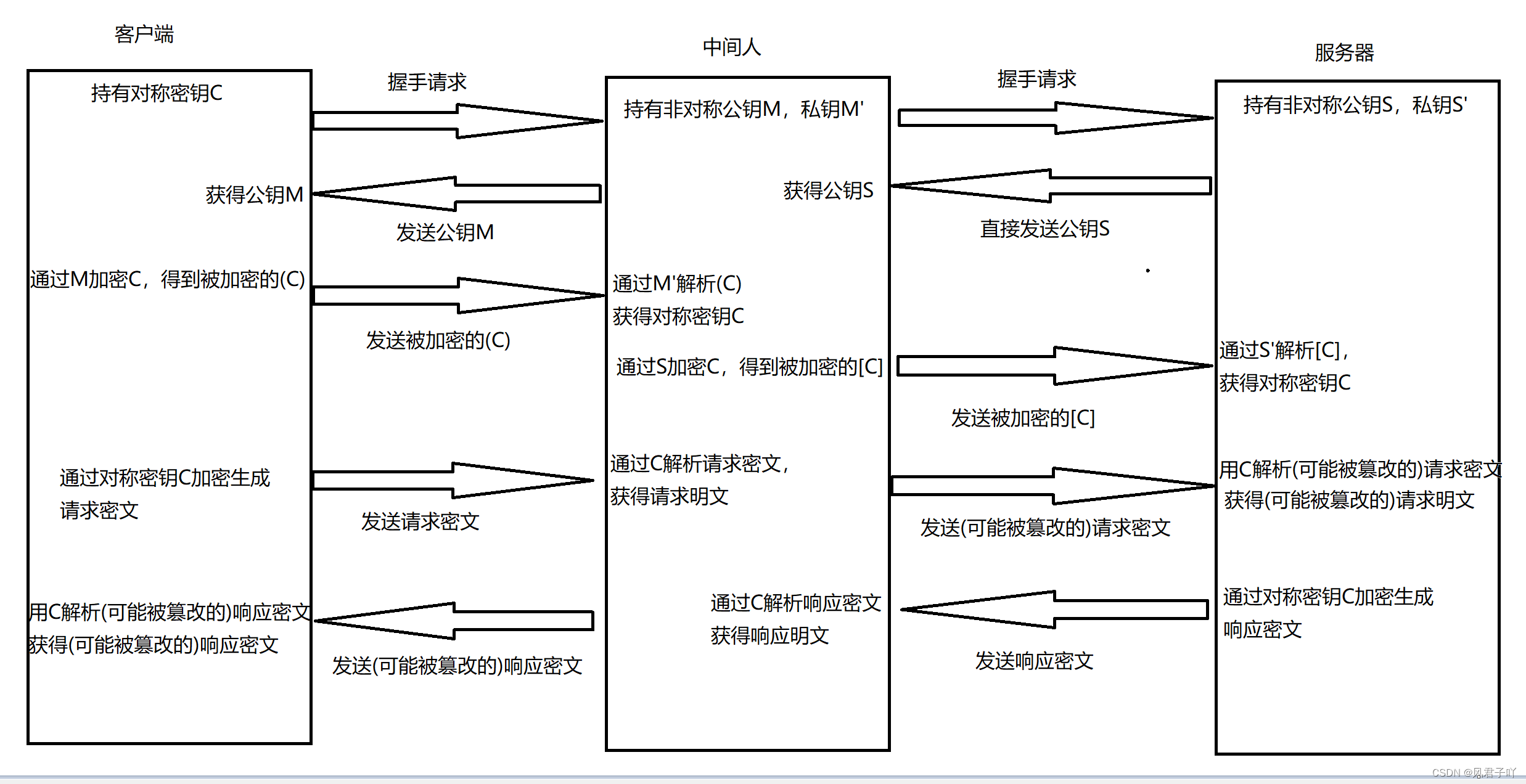1.读取数据
所使用的数据是血友病数据,如有需要,可在主页资源处获取,数据信息如下:
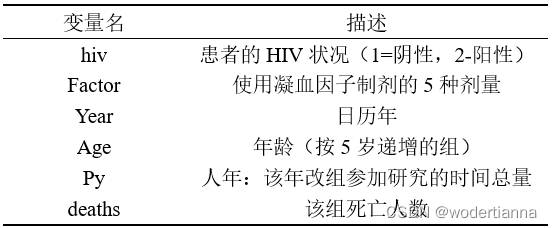
import pandas as pd
import numpy as np
hemophilia = pd.read_csv('D:/my_files/data.csv') #读取数据2.数据预处理
在使用机器学习方法时,都需要注意变量的数据类型,比如此处的hiv,其实是哑变量,但是使用1,2表示,计算机就会将其当成数值变量分析,所以对这类变量需要先进行处理,此处直接转换,也可采用one-hot编码进行处理。
print("hemophilia每个特征缺失的数目为:\n",hemophilia.isnull().sum()) #查看缺失值
print(hemophilia.dtypes) # 查看数据类型
'''
hiv object
factor object
year int64
age int64
py float64
deaths int64
dtype: object
'''
#数值变量化为分类变量
hemophilia['hiv']=hemophilia['hiv'].astype(object)
hemophilia['factor']=hemophilia['factor'].astype(object)
new_hemophilia=pd.get_dummies(hemophilia,drop_first=True)
#drop_first=True--删去一列,如hiv,处理后为两列,都是01表示,但只保留一列就足够表示两种状态
new_data=new_hemophilia
new_data.describe(include='all') #查看基本统计信息
'''
year age ... factor_4 factor_5
count 2144.000000 2144.000000 ... 2144.000000 2144.000000
mean 86.847481 7.236007 ... 0.217351 0.199627
std 4.899319 3.810280 ... 0.412539 0.399813
min 78.000000 1.000000 ... 0.000000 0.000000
25% 83.000000 4.000000 ... 0.000000 0.000000
50% 87.000000 7.000000 ... 0.000000 0.000000
75% 91.000000 10.000000 ... 0.000000 0.000000
max 95.000000 14.000000 ... 1.000000 1.000000
'''
from sklearn.model_selection import train_test_split
x = new_data.drop(['deaths'],axis=1) #删去标签列
X_train, X_test, y_train, y_test = train_test_split(x, new_data.deaths, test_size=0.3, random_state=0)
#区分数据集,70%训练集,30%测试集3.随机森林预测及调参
from sklearn import metrics #加载包用于计算评价指标
from sklearn.ensemble import RandomForestRegressor #随机森林回归
rf = RandomForestRegressor(random_state=0) #random_state=0是随机种子数
rf.fit(X_train, y_train) #不调参,直接训练模型
y_pred = rf.predict(X_test)
print('MSE of RF: %.3f' %metrics.mean_squared_error(y_test, y_pred)) # %.3f保留三位小数
'''
MSE of RF: 0.306
'''
在随机森林进行调参时,就是对一些重要参数给定各自的取值范围,再遍历所有参数取值的组合,得到最优参数。这里调整学习率'n_estimators',树深'max_depth',节点最小样本数'min_samples_split',也可以选取其他的参数调整。一次调参每个参数取值不宜太多,否则会很慢,可以找到比较好的区间后减小取值间隔,重复操作;也可以一次调节两个(或一个)参数,找到最优值再对其他参数逐二(或逐一)进行调整,最后使用调整后的参数进行建模。
from sklearn.model_selection import GridSearchCV
param_grid = {'n_estimators':np.arange(10,200,30),
'max_depth' : np.arange(2,7,1),
'min_samples_split' : np.arange(2,10,2)}
GS = GridSearchCV(rf,param_grid,scoring = 'neg_mean_squared_error',cv=5)
#取值为scoring“neg_mean_squared_error”,代表使用MSE作为衡量回归树质量的指标,进行五折交叉验证
GS.fit(X_train, y_train)
GS.best_params_ #最佳参数组合
'''
{'max_depth': 4, 'min_samples_split': 8, 'n_estimators': 40}
'''
rf = RandomForestRegressor(max_depth = 4, n_estimators = 40,min_samples_split = 8, random_state=0)
#使用调参后的参数建立模型
rf.fit(X_train, y_train)
y_pred = rf.predict(X_test)
print('MSE of RF: %.3f' %metrics.mean_squared_error(y_test, y_pred))
#调参效果不明显,考虑改变调参取值或参数选取,也可能是数据不适合随机森林,不同数据有不同表现
'''
MSE of RF: 0.305
'''4.随机森林输出变量重要性
随机森林能够在建模的同时得到变量重要性,可以通过以下方式将变量重要性表示出来。
import matplotlib.pyplot as plt
importances = list(rf.feature_importances_) #随机森林特征重要性
feature_list = list(x.columns) #获取变量名
feature_importances = [(feature, round(importance, 2)) for feature, importance in zip(feature_list, importances)]
#feature_importances.pop(0)
feature_importances = sorted(feature_importances, key=lambda x: x[1], reverse=True)
f_list = []
importances_list = []
for i in range(0,8):
feature = feature_importances[i][0]
importances_r = feature_importances[i][1]
f_list.append(feature),importances_list.append(importances_r)
x_values = list(range(len(importances_list)))
plt.figure(figsize=(14, 9))
plt.bar(x_values, importances_list, orientation='vertical')
plt.xticks(x_values, f_list, rotation=25, size =18)
plt.yticks(size =18)
plt.ylabel('Importance',size = 20)
plt.xlabel('Variable',size = 20)
plt.title('RF Variable Importances',size = 22)
#plt.savefig('D:/files/rf变量重要性.png', dpi=1500)
#保存图片到指定位置 dpi--分辨率
plt.show()
得到变量重要性条形图如下:
